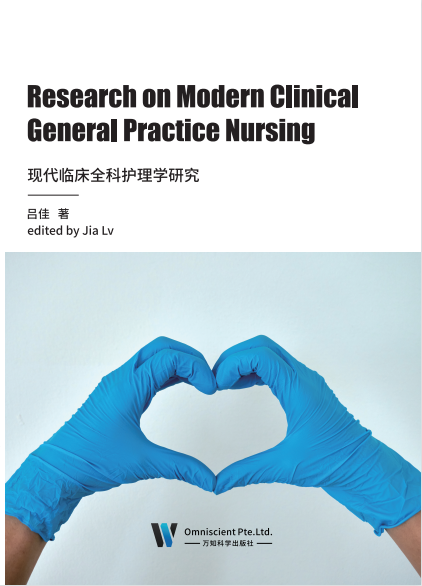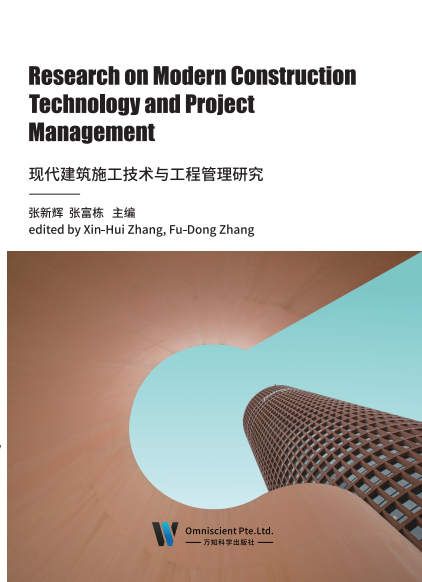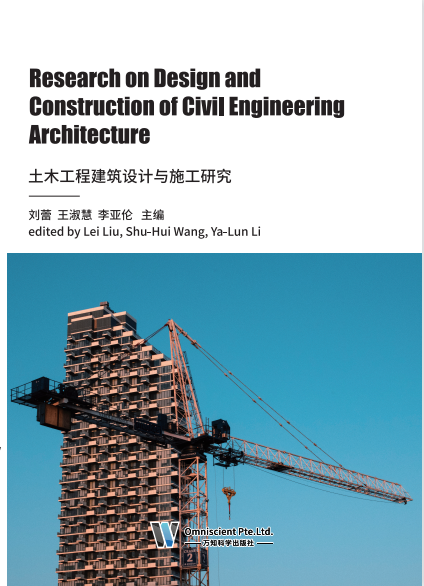
随着社会经济的飞速发展和物质文化生活的不断提高,人类对生命、健康也不断 提出新的要求。护理学已经逐步向微观、快速、精细和高效发展,传统的一般护理知 识与技术的临床应用已不能适应现代护理学科的发展。从事临床医学的护理工作者, 无疑也必须随着现代科学技术的进步和医学科学的发展不断丰富和更新自己的知识, 熟练掌握护理操作技能,提高自己的观察力和应急处理能力。 护理是一个研究如何诊断和处理人类对存在的或潜在的健康问题反应的科学。随 着医学科技的进步与发展,生活水平的提高,人民对医护服务的要求也不断提升,对 护理学科的发展而言,正是机遇与挑战并存的时刻。护理学的相关理论基础以及更多 人性化的护理方法技术层出不穷,目的则是为了更好地服务患者。 本书主要对现代临床全科护理学进行研究探讨。由于编者水平及时间有限,不足 之处在所难免,敬请专家、同行及读者批评指正,我们愿与大家一起为广大患者的身 心健康作出贡献。

建筑施工技术是研究建筑工程中主要工种工程的施工规律、施工工艺原理和施 工方法的学科,即根据工程具体条件,选择合理的施工方案,运用先进的生产技术, 达到控制工程造价、缩短工期、保证工程质量、降低工程成本的目的,实现技术与经 济的统一。建筑施工管理是指施工项目从准备阶段到建设项目施工,最后到项目竣工 验收、回访保修等全过程的管理活动,是一种具有特定目标、资源及时间限制和复杂 的专业工程技术背景的一次性管理事业。建筑施工管理是施工企业管理的重要组成部 分,也是建筑产品形成过程中的重要投入手段,对于提高建筑产品的质量水平、提高 工程建设投资效益等起着巨大的保证作用。 本书在取材方面力图反映较基础、较实用的建筑施工技术,内容上尽量符合施工 现场的实际需要,力图反映国内外先进的技术水平,融合了施工技术规范、施工质量 验收规范和设计规范,并结合工程施工中的实际情况,以够用适度为原则,以解决工 程施工中许多技术问题,从而适应教学与社会普及的需要。 本书结合我国建筑工程施工的实际内容,以新颁布的相关施工和质量验收规范及 规程为编写依据,对建筑工程中土方工程、钢筋混凝土工程、预应力混凝土工程、钢 结构工程、砌筑工程等方面的施工方法、施工技术做了详细阐述。在编写过程中,力 求理论联系实际,突出针对性和实用性,注重培养学生综合运用建筑施工技术理论知 识分析和解决工程实际问题的能力。此外,本书力求拓宽专业面,扩大知识面,可作 为高等院校的教辅学习用书,也可供现场施工技术人员参考。

现如今,随着社会经济的不断发展,人们生活水平的不断提升,建筑工程的数量 也在不断增加。在土木工程建设过程中,重视施工技术的研究与应用,能够有效地提 升土木工程建筑施工的实际效果,提高工程施工的质量与效率。在社会经济飞速发展 的形势下,土木工程建设项目不断的增多,其工程项目建设量增加的同时,需要重视 工程质量问题。在建筑土木工程项目建设上,施工技术的突破创新不仅能够为建设企 业带来更多的经济效益,同时也能够有效地保障工程项目建设质量。 根据土木工程实际而言,由于建筑工程的特殊性,其施工技术同样也具有多样 性。它包括流动性和固定性;固定性,主要指整个工程在一个固定的位置进行,另外 建筑施工属于固定性施工技术,相对来说稳定。例如,建筑工程中钢结构施工、混凝 土施工等等。而流动性,则是指在施工过程中施工人员的流动性比较大,根据施工作 业人员在工程中,随着施工部位和施工技术的性质,需要进行大规模的作业面施工, 由此才能保障工程质量;此外,工程施工由于受到一些施工环境和科学水平的限制, 施工过程还是依据图纸、工艺、规范要求进行的施工操作,从某种意义上来说属于比 较传统的。施工作业人员在这个过程中,属于一成不变的模式。这就是施工技术的传 统特点。 本书是一本关于建筑的专著,本书主要分为两个内容展开讲述,上篇讲述了土木 建筑工程施工技术;下篇主要讲述了施工的组织管理。通过本书的讲解,希望能够给 读者提供一定的参考价值。

本书是依据土木工程制图课程教学基本要求和技术制图标准及现行土建专业相关 的各种国家规范编写的。 本书将基础理论、创新设计与工程实践有机结合起来,为学生提供一个工程实践 的空间,使其了解工程设计的一般过程,建立工程意识,培养工程素质和创新能力。 土木工程施工是土木工程专业的一门专业课,主要研究土木工程施工中各主要工种 工程的施工技术、工艺原理和组织管理的一般规律。通过该课程的学习,学生能够掌握 土木工程施工的基本知识,具有解决一般土木工程施工技术与组织计划问题的能力。 本书以建筑工程施工为基础,同时兼顾地下建筑工程、道路与桥梁工程施工技 术,并介绍了工程项目施工组织的基本原理与方法,力求做到:以施工工艺流程为主 线,系统介绍土木工程施工的基本理论和知识;采用国家新颁布的土木工程设计和施 工规范、规程与标准,反映土木工程施工技术和组织在理论和实践上的新发展,力求 理论联系实际;力求体系完整,内容精练,文字表达通畅﹐所附插图力求准确、直 观,以帮助学生充分理解所学内容。 本书吸收了国内同类体系和内容上较成熟的部分,并根据上述指导思想对本书编 写的体系和内容作了适当调整,对不同高校土木工程专业和工程管理专业的教学具有 较广泛的适用性。

我们日常生活中都乘坐过电梯,都知道供热要烧锅炉,炼油厂要炼油就得使用大 量压力容器,游乐场最刺激不过过山车,登山要乘坐索道,这些都是特种设备。特种 设备与我们的生活息息相关,特种设备安全管理工作也显得尤为重要。特种设备涉及 生命安全,危险性较大。为保证特种设备的使用安全,国家从设计、制造、安装、使 用、检验、修理、改造、报废、事故调查及处理等方面都有明确的规定。其中,检验 是对特种设备本质安全的验证,检验提供的数据为安全管理提供可靠的依据。 特种设备安全检验有着一定的特殊性,在其检测的工作中,各安全事故频繁发 生,所以在设备的检验阶段,我们必须明确其安全事故产生的原因,这是安全设备检 验的基础部分。相关设备安全管理也是一项复杂的工作,其主要涉及管理体制完善, 以及检验维修工作的开展,在实际的安全管理中,因为特种设备的特殊性,加强对特 种设备安全管理,就成为规避安全事故发生的主要措施。 本书主要基于特种设备的检验以及安全性分析展开论述,针对存在检验的危险 性和特种设备的特殊性,阐述特种设备安全检验管理的措施,对于设备的安全管 理,要强化检验人员的安全意识、检验操作及管理体制,进而更好地确保设备的安 全检验管理。